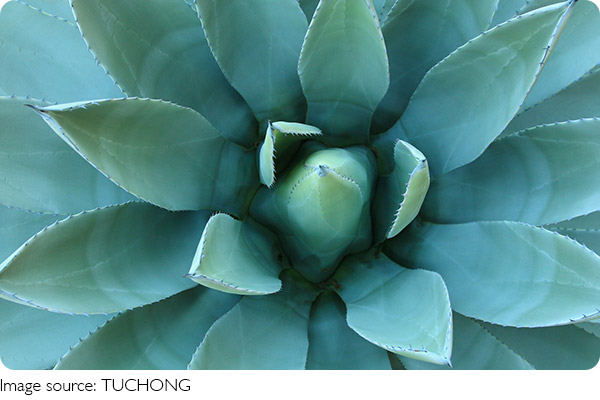Desert Plant Survivors

When we picture deserts, we often imagine endless sand, unbearable heat, and lifeless space. But deserts aren’t dead — they’re just incredibly demanding.
Surprisingly, many plants have figured out how to survive in these harsh conditions. Through unique adaptations, they manage to live where rain is rare and water is precious.
The Secrets Behind Survival
Desert plants have one thing in common: they know how to save water. Most of them have evolved special features to handle extreme temperatures, dry winds, and long droughts. Some go underground, others store water in thick stems, and many simply grow very slowly. These smart survival strategies help them thrive in one of Earth’s most difficult environments.

Meet the Desert Champions
Here are some of the toughest plants that can handle life in the desert:
- Cactus:Perhaps the most famous desert plant, cacti are built to survive. They store water in their thick stems, have sharp spines to protect against animals, and their roots spread wide to catch every drop of rain.
- Agave:Agave plants have strong, waxy leaves and grow slowly. They store water inside their leaves and can go long periods without rain. Some agave species are used to make syrup or fiber.
- Mesquite Tree:This tree grows incredibly long roots — sometimes over 50 feet deep — to reach underground water. Its leaves are small to reduce water loss, and it provides shade in otherwise bare landscapes.
- Creosote Bush:Known for its strong smell after rain, this bush can live for thousands of years. It resists drought by closing its leaf pores during the hottest part of the day to save water.
- Aloe Vera:This popular plant is found in both deserts and gardens. Its thick, juicy leaves hold moisture, and it can go weeks without being watered.
-Yucca:With tall spikes and sword-like leaves, yuccas are hardy desert plants that rely on deep roots and tough skin to survive in dry climates.
Hidden Superpowers: How They Do It
Many desert plants use a clever trick called CAM photosynthesis — a way of breathing at night instead of during the hot day. This helps them hold onto moisture. Others grow very slowly or stay dormant (inactive) during dry seasons. Some plants even “wake up” and bloom after just a short rain, using the chance to grow quickly before drying up again.
Why Desert Plants Matter
These plants don’t just survive — they protect the land. Their roots help stop sand from blowing away. They provide food and shelter for desert animals. Some can even be used by people for medicine, building materials, or food. In short, desert plants are the true guardians of dry lands.
Want to Grow Your Own Desert Survivor?
If you're thinking about planting something drought-tolerant in your own garden, succulents like aloe, jade plant, or small cacti are great choices. They're low-maintenance, beautiful, and perfect for places with little rain.
What Do You Think?
Have you ever seen a cactus bloom or touched an aloe leaf fresh from the plant? Desert plants may not look flashy, but they are full of life and strength. Which one is your favorite? Let’s share ideas on how to bring a little desert magic into our own green spaces — we’re excited to hear from you!
David Attenborough: The Fascinating Life Cycle of Desert Plants | Nature Bites
Video by Nature Bites
-
 Sweet Scents That Wow YouWant To Smell Like A Dessert? Which Sweet Perfume Is Your Perfect Match?! Find Out Now!
Sweet Scents That Wow YouWant To Smell Like A Dessert? Which Sweet Perfume Is Your Perfect Match?! Find Out Now! -
 REIT: Booming Again?Why Are REITs Booming Again? See What's Driving The Surge! Could This Be The Next Big Move?
REIT: Booming Again?Why Are REITs Booming Again? See What's Driving The Surge! Could This Be The Next Big Move? -
 Dark Spots? Try This Now!Dark Spots Won't Leave? Tried Everything? See What Finally Worked For Brighter Skin Fast!
Dark Spots? Try This Now!Dark Spots Won't Leave? Tried Everything? See What Finally Worked For Brighter Skin Fast!